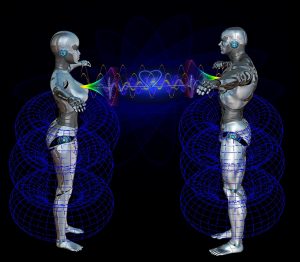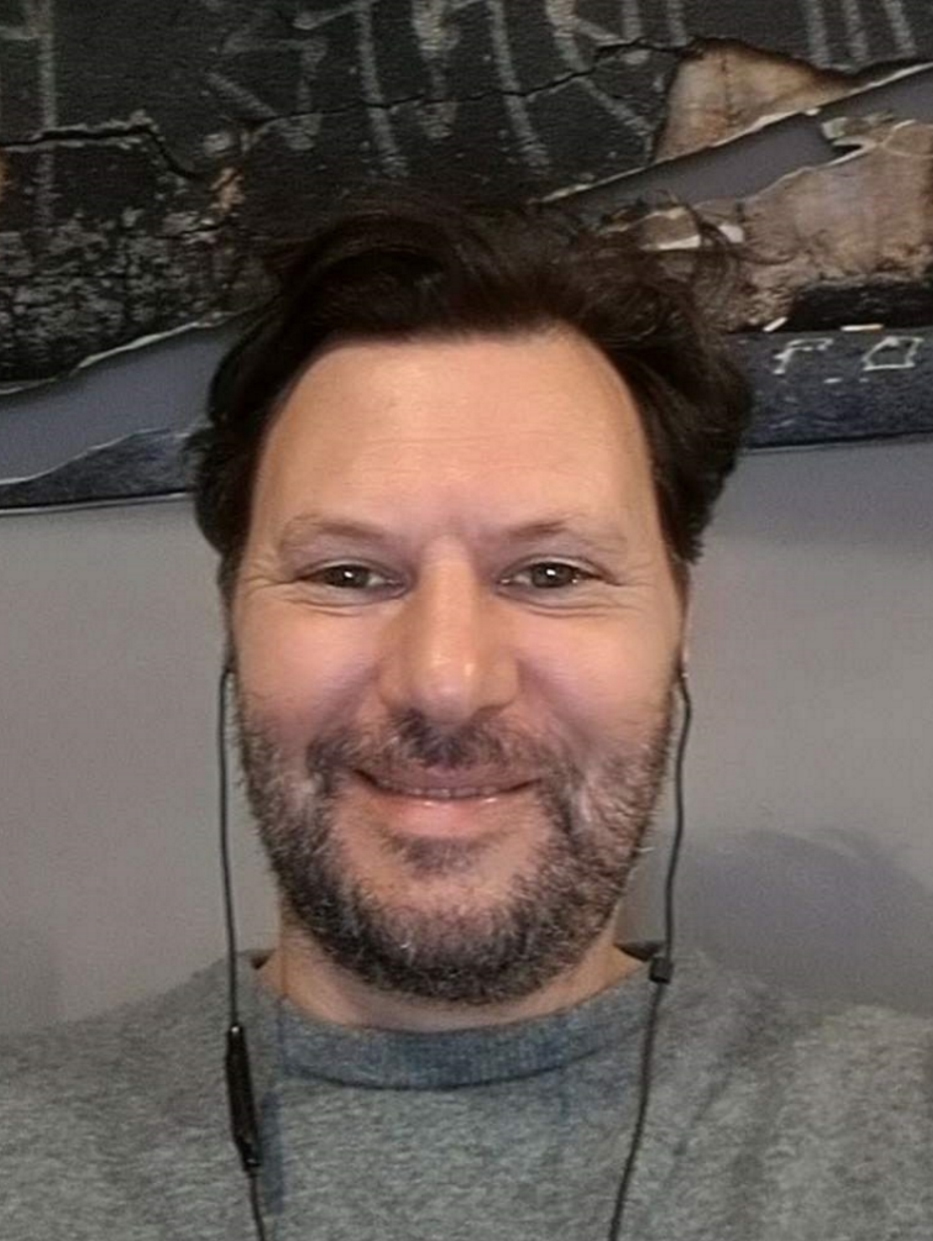
The actual meaning of yoga is disputed. The most common translation in modern times is ‘union of body and mind.’ The health benefits of yoga are equally disputed. Indian yogis claim the country had significant scientific proof that yoga is beneficial to one’s health and well-being but can’t produce any evidence because the British burned down their libraries – which is probably true.
Science and medicine demand substantive clinical research before holistic treatments are considered credible. More often than not, alternative therapies are slated by medicinal practitioners that have a western education.
Ancient practices have survived thousands of years – presumably because they are effective. The effectiveness of pharmaceuticals used in modern medicine is proven to be ineffective – yet patients still demand them and doctors still deliver. This is how deluded and ignorant our society is.

The first trial for yoga in the west was a ‘high-quality experiment’ published by The Lancet in 1975. The study revealed yoga was more effective than other relaxation techniques for reducing high blood pressure.
However, sceptics claim the study only included 34 participants, all of whom suffered from hypertension thus rendering the conclusion inconclusive. Allegations aimed against modern yoga studies is that trials do not engage a sufficient number of participants or include a control group.
However, after reading more than 50 studies and reviews articles, one sceptic writing for Vox magazine noted:
“Yoga is probably just as good for your health as many other forms of exercise. But it seems particularly promising for improving lower back pain and — crucially — reducing inflammation in the body, which can actually help stave off disease. Yoga also seems to enhance “body awareness,” or people’s sense of what’s going on inside themselves.”
Physicians are not the only ones bending the truth somewhat. Yoga schools make all manner of claims relating to the health benefits of yoga. Health magazines then trumpet these claims without fully appreciating what they are advocating is also common. Shit like this for example:
“Weight loss, a strong and flexible body, glowing beautiful skin, peaceful mind, good health – whatever you may be looking for, yoga has it on offer.”
Yoga has many benefits, but some claims can be misleading. In a world where there is so much disinformation peddled by companies with ulterior motives, it is difficult to know whose account to believe.
You can use the same argument against me here. After all Master Mind Content is a business that promotes holistic healing as a means of improving mental and physical health. And at some of our retreats, we will be practising transformative yoga.

Scientific studies on the other hand can provide detailed evidence of the health improvements yogis and yoginis can expect. Most significantly, yoga has been found to reduce hypertension and anxiety thanks to its effect on regulating the heart’s rhythm.
Other health benefits of yoga include:
As you will note, most of the findings mentioned above are related to noticeable and measurable physical benefits of yoga. But, when taught and performed properly, yoga also has advantages for the brain.
Holding a yoga pose for any length of time requires concentration and persistence which helps to strengthen powers of concentration – a quality that is lacking in today’s society. Furthermore, yoga can train your brain to detach the mind from the physical world and escape into the astral realm – a quality meditators yearn for.
There is a growing body of evidence that reveals there is a correlation between yoga and changes in brain activity. Scientists have used various methods including fMRI scans and brain imaging to monitor which parts of the brain are stimulated during yoga practice.
One related study revealed yoga students have a decreased blood flow into the amygdala – the gland responsible for controlling emotions, emotional behaviour and motivation. Other studies showed increased brain activity in the frontal lobes which helps to improve concentration, mood, memory and decrease the perception of pain.
Yoga not only changes brain structure but affects brain waves as well. This importance of this in relation to cognitive and emotional functions is because different types of brain wave activity affect different aspects of our life.
Alpha waves move at a frequency between 7-14 cycles per second. When we are indoors, most of the time, our minds are in alpha state. These waves are low amplitude signals that occur when we are resting but still alert. Alpha wave activity is associated with decreased pain and discomfort and also related to memory retrieval, improved cognitive skills and perceptions of calmness.

Practising yoga can be uncomfortable, in fact, painful for beginners. The idea is to hold the posture and liberate the mind until you do not feel the pain. In effect, your mind transcends the physical world so that you no longer feel pain. This is what we generally call “mind over matter” in modern parlance.
Beta waves have a frequency of between 14-28 cycles per second. When we are out in the street, at work, playing sports or computer games, our brain is in beta mode, promoting a heightened state of awareness associated with concentration.
Studies have shown that active beta waves increase academic performance, lower emotional exhaustion and eliminate fatigue and states of anxiety. However, it is in this state that we are most prone to activating toxic stress hormones which can lead to mental and physical health conditions.
Yoga stimulates beta waves in relation to improved task performance but reduces the beta wave activity yoga students are typically in when they enter a class. By the end of the practice, if you are doing yoga properly, you will have shifted gears from beta back through alpha and into a theta state.
Theta waves are slowed down to a frequency of between 4-7 cycles per second. In theta state, the body and mind is in deep relaxation and at the point where you have entered the realm of the subconscious. Theta waves promote creativity, inspiration, intuition and short-term memory. Being in this state in excellent for reducing anxiety.
Engaging the mind in theta state is the goal of meditators – or one goal at least. At the end of yoga practice, I am often so shattered that I automatically fall into a theta state. When the mind rests in this state, it is a sensation very close to sleep, but if you can stay conscious, theta is a powerful state of mind to be in.
Yoga and meditation go hand-in-hand. Yoga is not commonly referred to as the union of mind and body for nothing. A healthy mind promotes and healthy body and vice-versa. Although the various studies supporting yoga differ in quality, the impact on the brain cannot be disputed.
Furthermore, studies consistently find regular yoga practice reduces stress responses in the mind together with inflammatory stressors in the body. Practising yoga of any kind can help patients suffering from stress-related illness such as high blood pressure and cardiovascular disease reduce stress hormones and improve their condition.

Yoga helps to eke out aches and pains, and with regular practice eliminates common muscle complaints altogether. Practitioners also develop increased flexibility which helps with daily movements and promotes confidence and a sense of well-being.
Science also reveals your mind and body benefit from taking time out of your daily routine to shut down. Both yoga and meditation promote emptying your mind and slowing down the frequency of brain activity to a theta state. The benefits of meditation are also plentiful and yoga helps to improve the mind’s ability to relax during meditation.
In a paper titled: Meditation and Yoga can Modulate Brain Mechanisms that affect Behavior and Anxiety-A Modern Scientific Perspective, the US National Library of Medicine National Institutions of Health concluded that:
“Our brains do not contain fixed hardwiring; the neural pathways and circuits can in fact change with learning and with mental exercises, and meditation may be a harmless way to encourage the growth of new neurons (neurogenesis) along with the formation of new connections between existing neurons (synaptogenesis). By tying together the neurobiological effects of neurotransmitters, brain waves, mental exercise and the empirical evidence from the psychological experiments, it is evident that meditation is an effective treatment for anxiety, and it does not suffer from any side effects. It may also function as a preventive medicine; therefore, it is highly recommended to everyone and not limited to patients suffering from disease. This review has only highlighted observations from the several studies already conducted. However, it is imperative to conduct many more studies on a larger scale to substantiate the reported effects of the overall meditation approach, and by probing into the different effects of the various meditation techniques to see if differences in technique make a difference to the outcomes.”
I could have told you that through personal experience; and I haven’t spent any taxpayers money.
